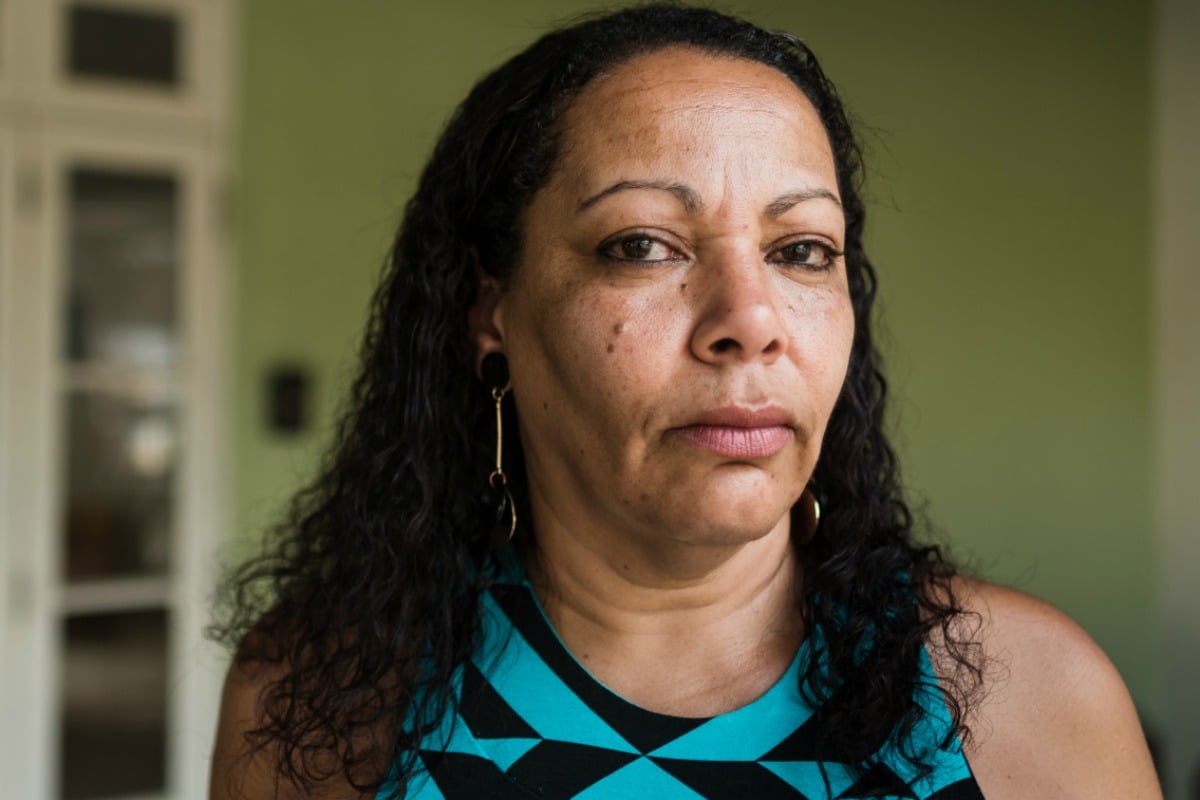
Warning: This post deals with eating disorders, and might be triggering for some readers.
Health class. Year Seven. Nineteen-ninety something or other.
“Today, we’ll be talking about eating disorders,” the teacher said. “Read the chapter in your textbook and take notes on the different kinds of eating disorders that are mentioned. After you’re finished reading, we’ll discuss.”
Each of the chapter’s sections bore an italicised heading. In my notebook, I carefully printed those headings and bulleted out some of the signs and symptoms of anorexia nervosa and bulimia nervosa. That’s as far as I got in the chapter before the videos began. One was a documentary chronicling the experience of teenagers with these two conditions; the other was a dramatisation of another young woman’s struggle with anorexia, which ultimately ended in her death.
Watch: Kasey Chambers on what it’s like to have an eating disorder. Post continues below.
Other eating disorders existed, we were told, but anorexia and bulimia were the main ones. I left the class believing that eating disorders were an overblown response to societal pressures to be skinny. These poor people, I’d learned, were ruled by their obsession with thinness, and they needed serious mental health support in order to overcome it.




























































































